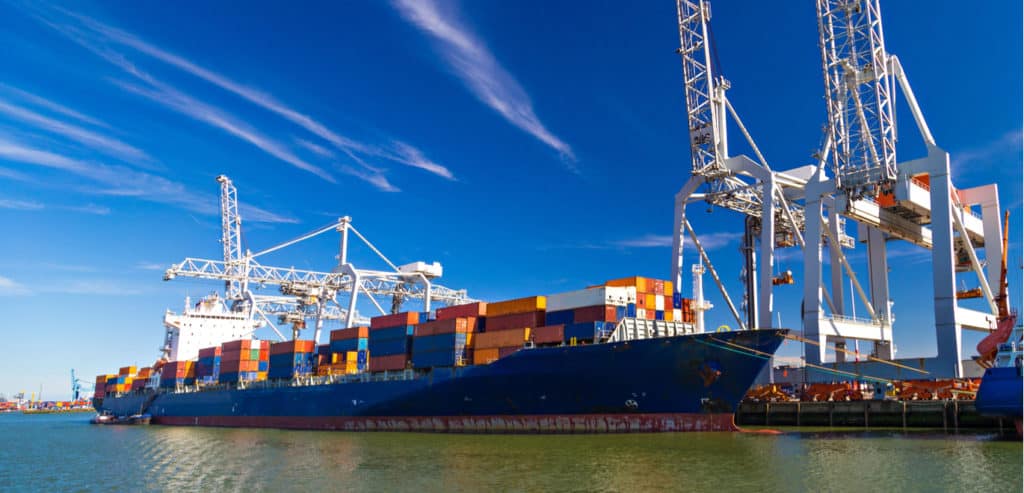International shipping is complex. It can be costly to send products to customers in other countries, and it may also require retailers to clear hurdles they don’t normally face with domestic shipments. Because of these complexities, many retailers—especially small and midsized businesses—don’t bother to ship abroad, which limits their opportunities for growth.
Even some retailers that ship internationally struggle to understand some of those complexities, says Shea Felix, general manager of GlobalPost, a Stamps.com company that helps businesses ship products outside of the United States. “A retailer might start off domestically and get really strong in that domestic market, then simply try to transfer that model over to international markets,” he says. “But there are many differences between shipping domestically and internationally. Chances are, the products they’re trying to send aren’t ‘classified’ or ‘prescreened’ for those markets.”
Shea Felix, general manager, GlobalPost, a Stamps.com company
Classified products
By “classified,” Felix means that products that are shipped into a country are eligible to enter that country and include the proper classification. “Some products simply aren’t allowed in some countries, and if a retailer tries to ship a product into a country in which it’s not allowed, it will cause a host of complications. That creates a bad experience for their customer and delays getting that products back, if that’s even possible.”
A product also need to be properly classified with codes that identify its essential properties and its relationship to other products. “If they get those wrong, the products will get held up in customs,” Felix says.
Retailers often don’t understand their responsibilities with regard to the duties and taxes on products they’re shipping abroad, Felix says. “Retailers have the option to prepay duties and taxes for their customer, but they often don’t. Then the customer is surprised to learn he owes extra fees upon delivery,” he says. “It makes for a bad customer experience. And if the customer rejects the package, which he often does, the retailer has to wait and hope it get its product back.” By prepaying duties and taxes, a retailer has a much better chance of getting its orders through customs easily, Felix says.
Global shipping is easier
Despite those challenges, international shipping is becoming much easier, Felix says. “There are really exciting changes happening in cross-border shipping,” he says. “Every day, new and better solutions are coming to more shipper segments.” For example, there’s “Direct Entry,” which enables retailers to segment international shipments to help them reliably clear customs and ship at a relatively low cost.
Retailers should work with shipping service providers that can help them ensure their international shipments are classified and will easily clear customs, he says. Companies such as GlobalPost offer retailers quick cross-border shipments so that their international customers receive their orders in a timely fashion without incident, while keeping costs in check so those shipments aren’t unreasonably expensive for the retailer.
Traditionally, these international shipping services were only accessible to large retailers that had the time and resources to do the type of investigating required to obtain lower price points and higher value services on international shipping, Felix says. “GlobalPost makes it easy for small and midsized retailers to access these international shipping services and get their products into more markets than ever before,” he says. “Now is a great time to give cross-border shipping another look.”
Favorite